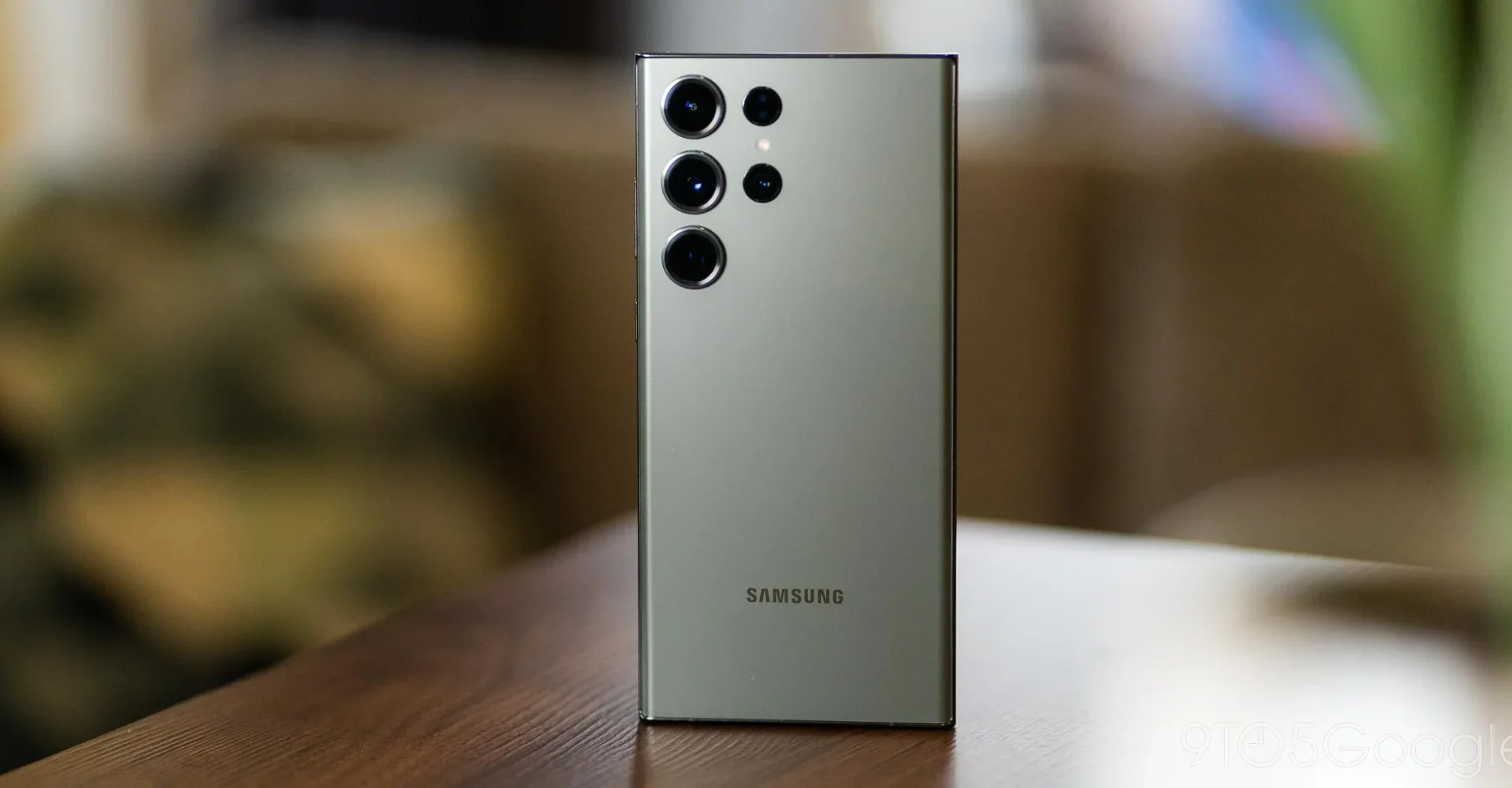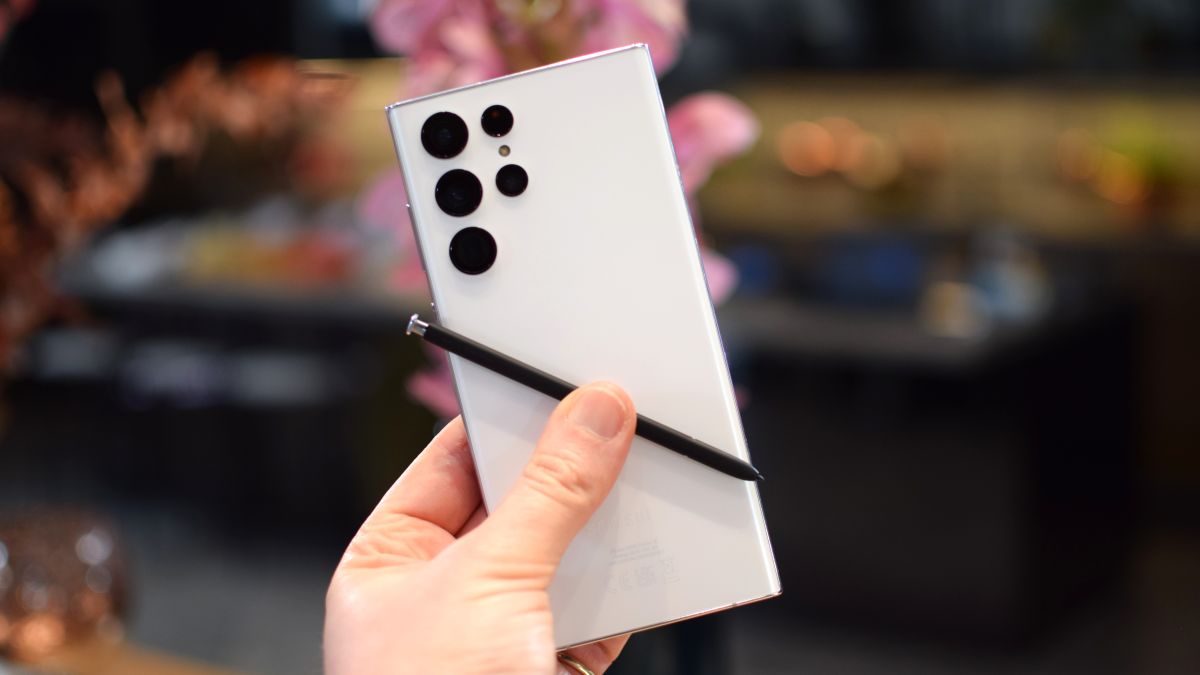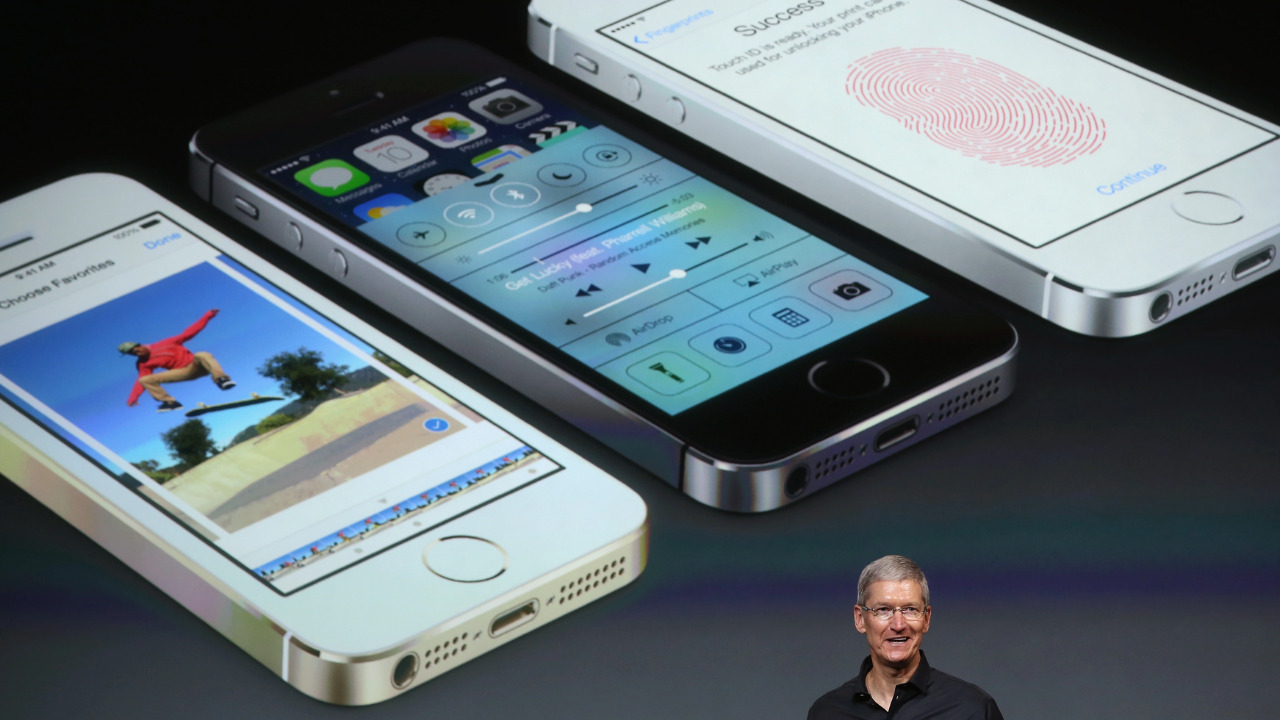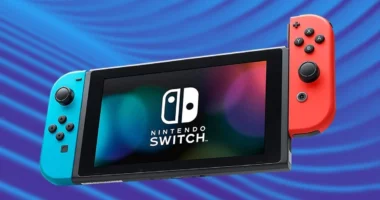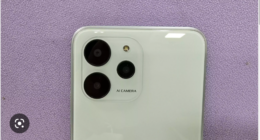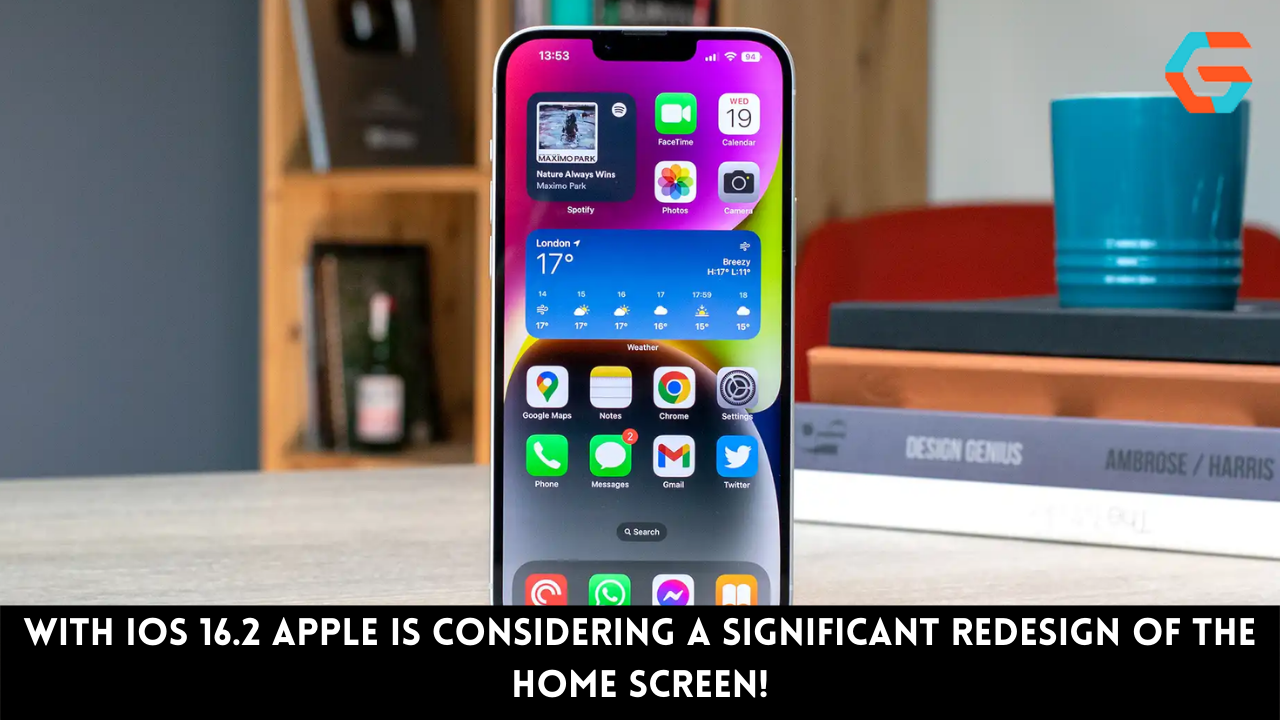Samsung has made no secret of the cameras on its new phones. Even respected directors Ridley Scott and Na Hong-jin endorsed the Galaxy S23 during its announcement. Nevertheless, in an unexpected decision, Samsung has placed battery and performance advancements ahead of the camera in the new Galaxy S23 and S23 Plus.
In comparison to last year’s Galaxy S22, the Galaxy S23 ($800, £849, AU$1,349), Galaxy S23 Plus ($1,000, £1,049, AU$1,649), and Galaxy S23 Ultra ($1,200, £1,249, AU$1,940) feel like a half-generation upgrade.
Thankfully, the Galaxy S22’s performance is a bit quicker and its battery life is a bit longer, which answers my major issue about the device. In contrast to the Galaxy S23 Ultra’s cameras, which include considerable improvements in colour tone and dynamic range, as well as a new 200-megapixel sensor, the Galaxy S23 and S23 Plus’ cameras are basically comparable to those of the previous year.
And that is fine. The Galaxy S23 exemplifies the fact that the era of dramatic annual improvements has passed. Instead, Samsung concentrated on improving one of the most important aspects of a smartphone: its single-charge battery life. Still, you should not upgrade to the S23 or S23 Plus unless your current phone is at least two years old, as it is not a significant increase.
One of the major problems of the Galaxy S23 is not a defect in the phone itself, but rather the intense rivalry from Google. The $899 Pixel 7 Pro comes between the Galaxy S23 and S23 Plus in terms of pricing and delivers a superior camera in some situations. Samsung does, however, offer attractive trade-in deals that could make the S23 series more alluring.
Related Articles:
Microsoft-backed OpenAI to let users customize ChatGPT
Apple Attempts to Block iPhone Owners From Receiving the Complimentary Developer Preview of iOS 17
There Is a New vintage Technology that Generation Z Is Obsessed With.
